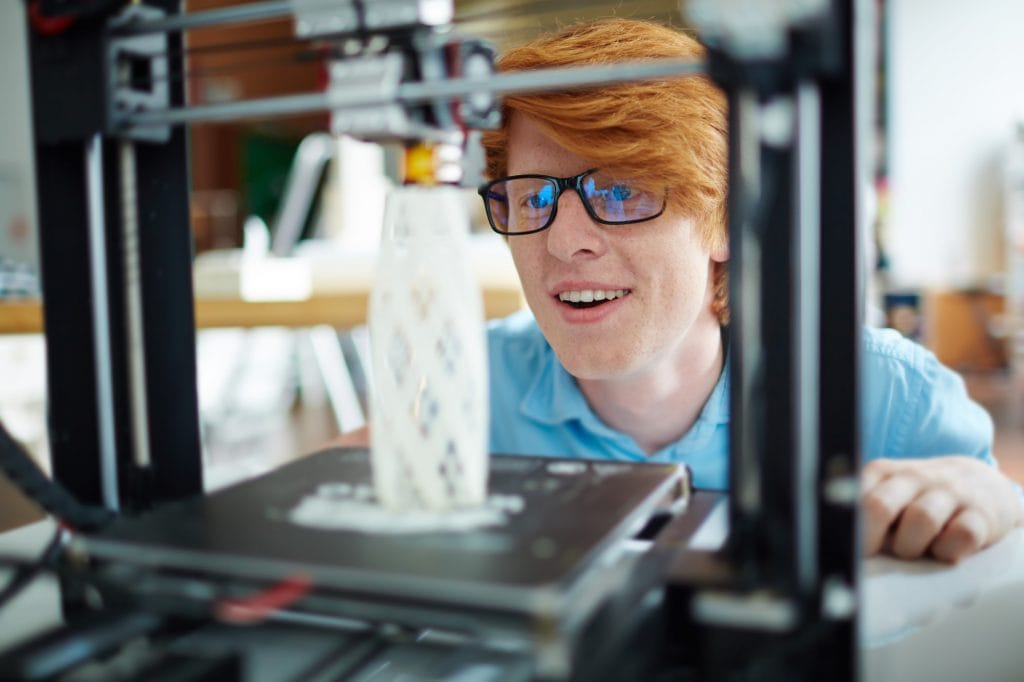Now and again, a single device unlocks limitless potential in our lives. A device that completely reshapes what we thought possible.
You must have heard about 3D printing. You may even know somebody with a 3D printer or have seen one in action. But what is a 3D printer, and how does a 3D printer work?
We know where when we first purchased one to print out kitchen utensils, gadgets, study models, and more. Let’s take a deep dive into the magic of 3D printing!
What Can a 3D Printer Do?
It is an excellent device for creating three-dimensional objects from a digital file. It works by building up objects layer by layer based on instructions from the 3D design file. It is capable of much more than traditional 2D printing as it can make intricate shapes with minimal tolerances.
Objects like toys, figurines, consumer goods, and industrial components can all be created using 3D printing services. It can also create entire assemblies consisting of many interdependent parts.
To scale with near-perfect accuracy, you can make multi-faceted parts such as gears, valve components, and structural elements. You can make unique parts from the comfort of your home for whatever project you have in mind!
How Does a 3D Printer Work: In Custom Part Manufacturing
The 3D printer has been revolutionizing the process of custom part manufacturing. It offers the ability to create complex objects with precise details. The use of a 3D printer for custom part manufacturing begins with the designing of the thing.
This must be created by designing from scratch or scanning an object. Next, a file with the 3D model must be created and saved in a readable format for the 3D printer. Then the material must be chosen and loaded onto the printer, and printing parameters must be defined.
The 3D printer will begin the build, manufacturing the desired object layer by layer. Once finished, it must be cooled, removed, and post-processed if needed. To learn more about this process and information, start your research today!
The Materials
Knowing the materials required for 3D printing is a good starting point. Depending on the type, some 3D printers require specific types of filament. PLA, or polylactic acid, is popular because it’s easy to work with and has a low environmental impact.
ABS, a petroleum-based material, is more robust but more challenging to handle. Powder-based materials, like nylon, need to be bound with resin, wax, or plastic binder to create objects, and metal-based 3D printers use powdered metals like stainless steel and titanium.
In addition, support materials are often used to structure complex designs. Specialized printing software and a 3D scanner to capture objects may be required for more complex projects.
Expertise Is Necessary to Use
How does a 3D printer work? In conclusion, 3D printers are helpful in many industries, such as architecture and product design. But, success with a 3D printer requires a certain degree of expertise.
With the proper guidance and resources, anyone can become an expert user. If you’re interested in learning more, check out the 3D printing course online today!
If you find this article helpful, check out the rest of our blogs.







